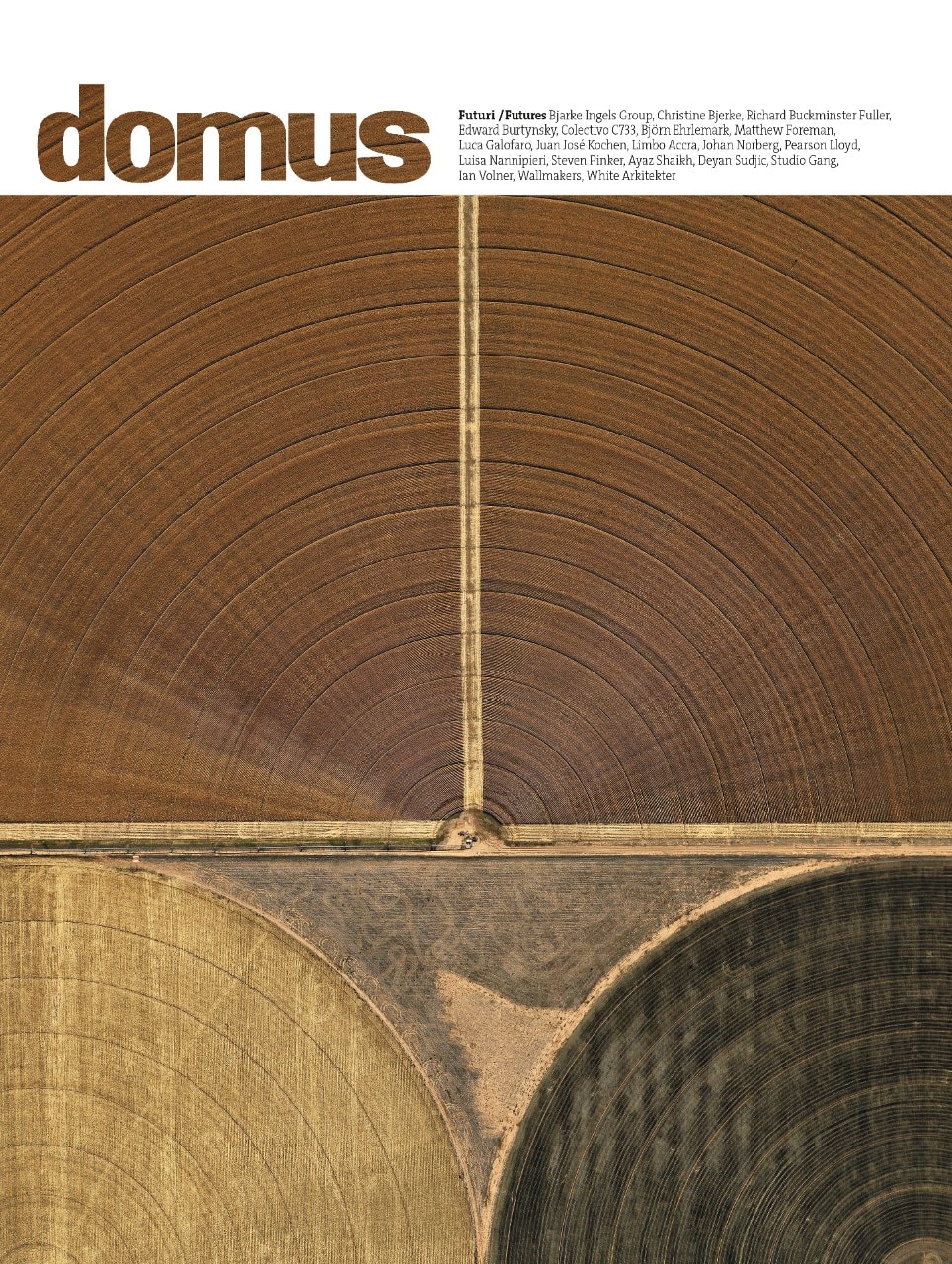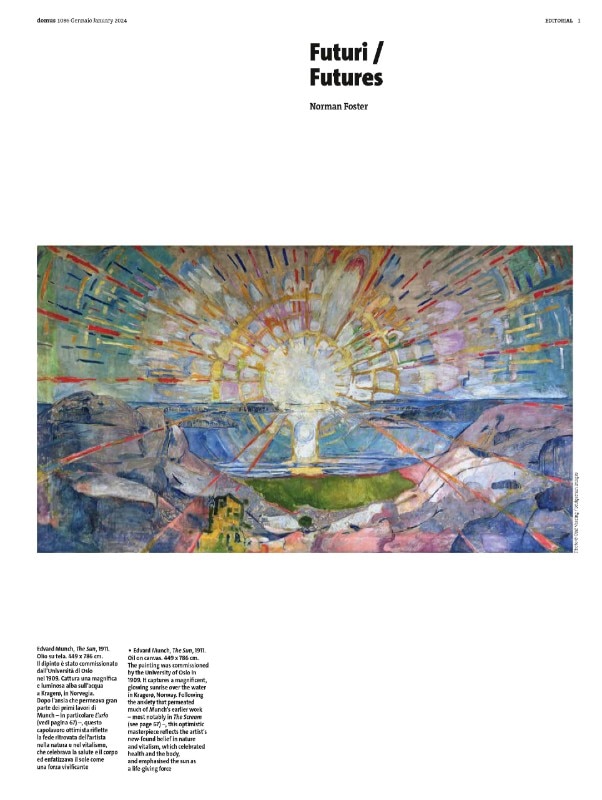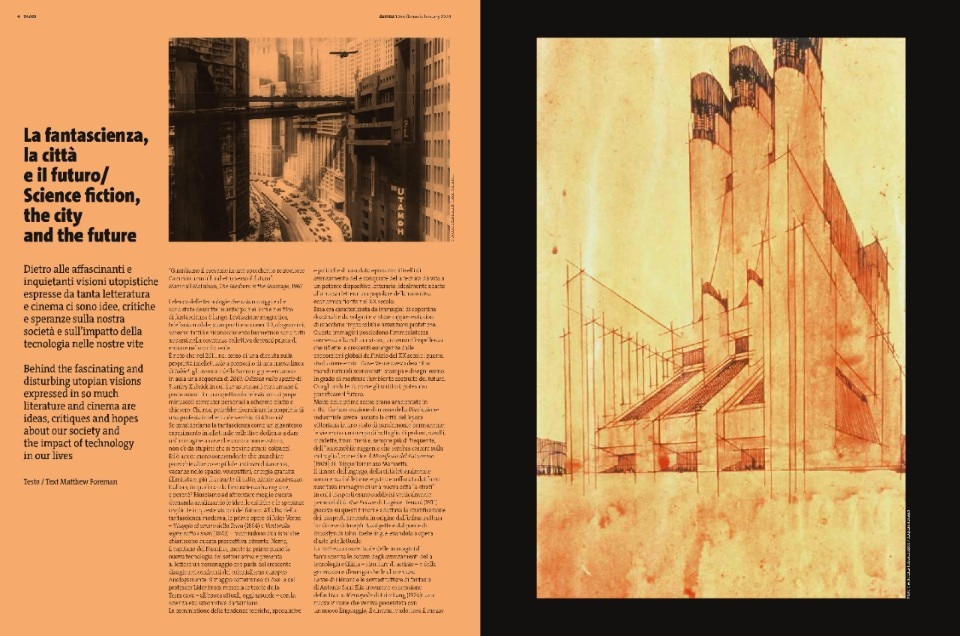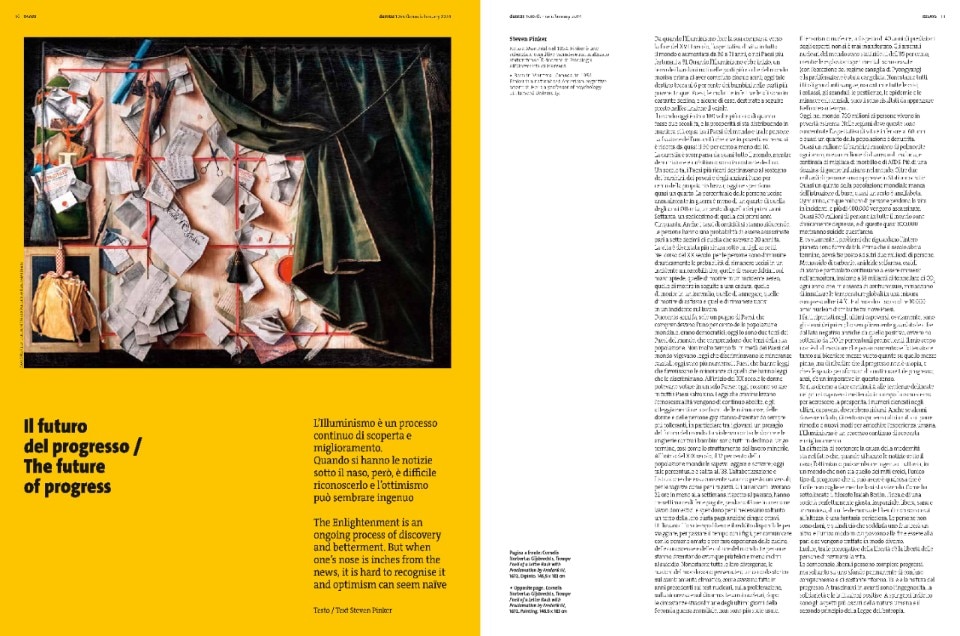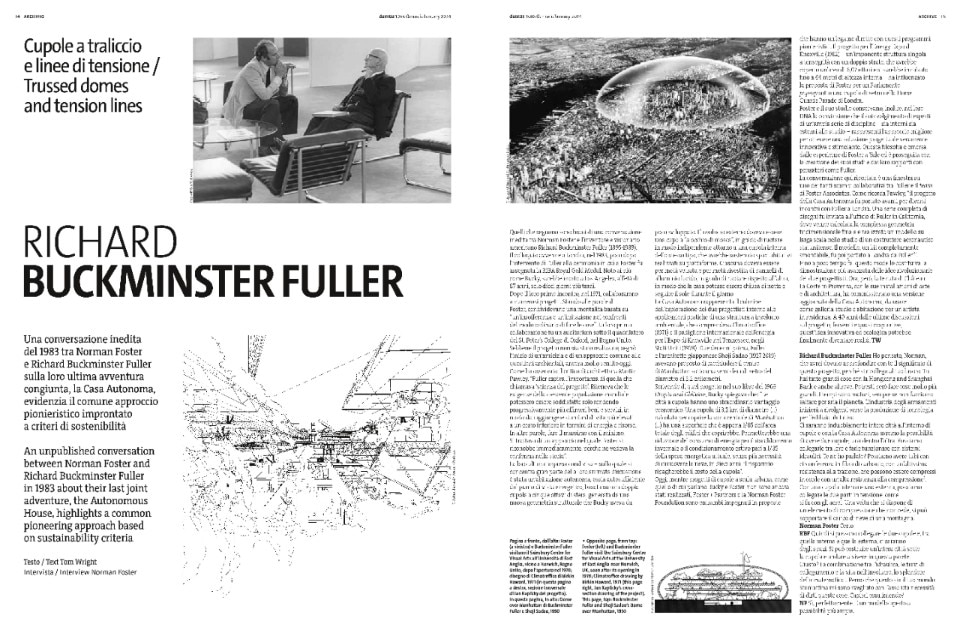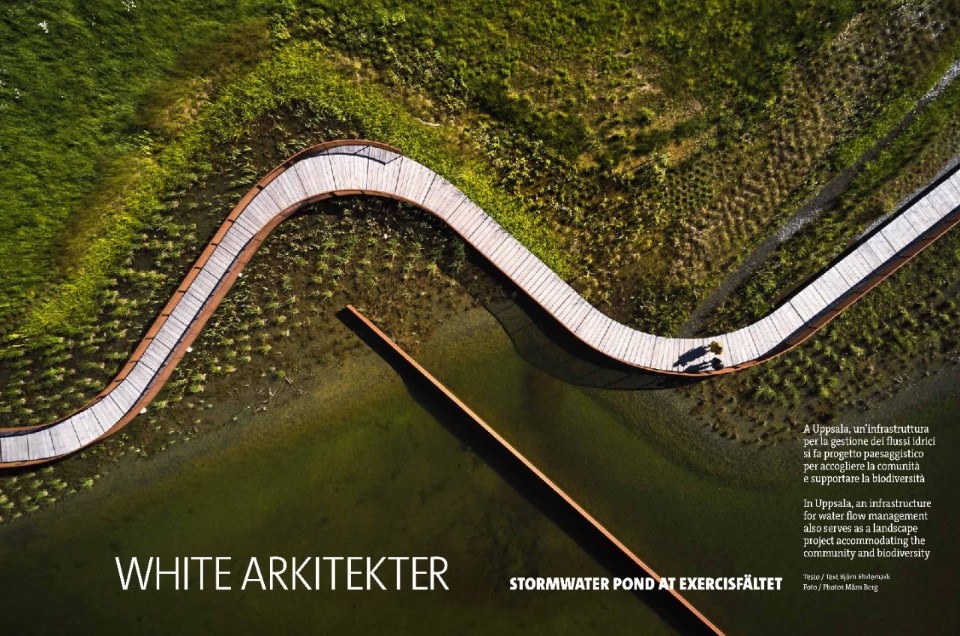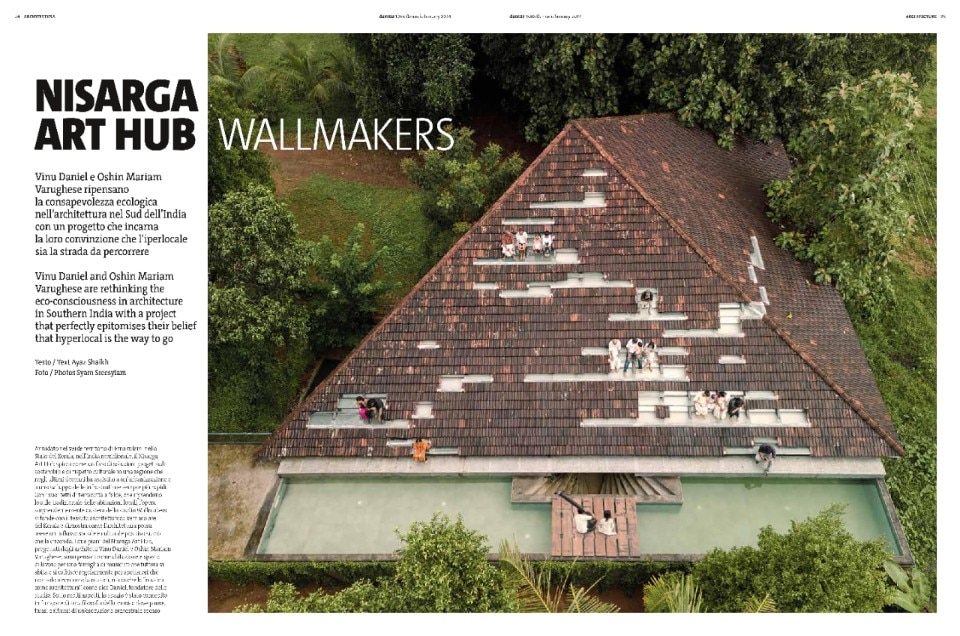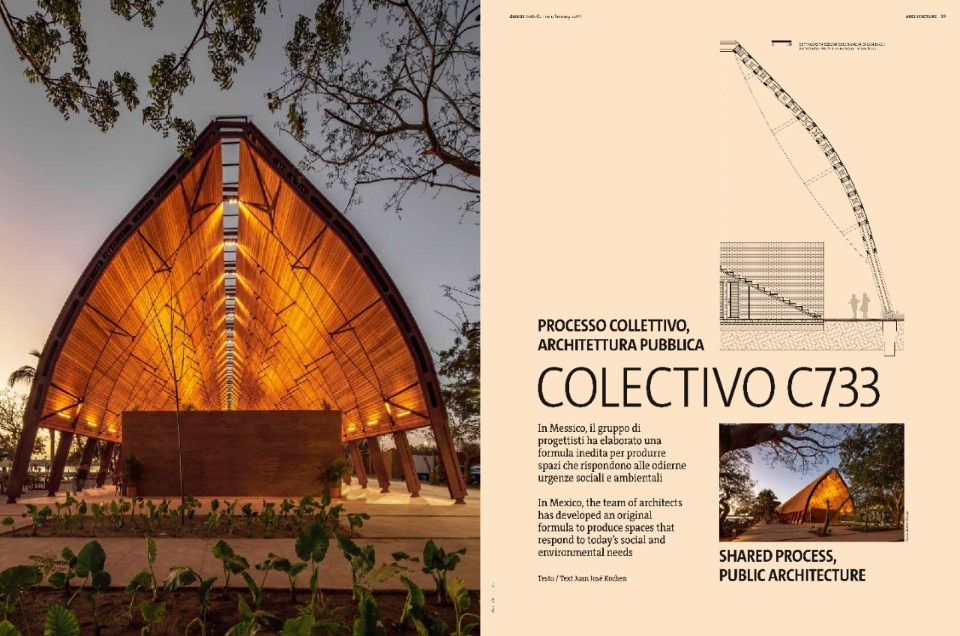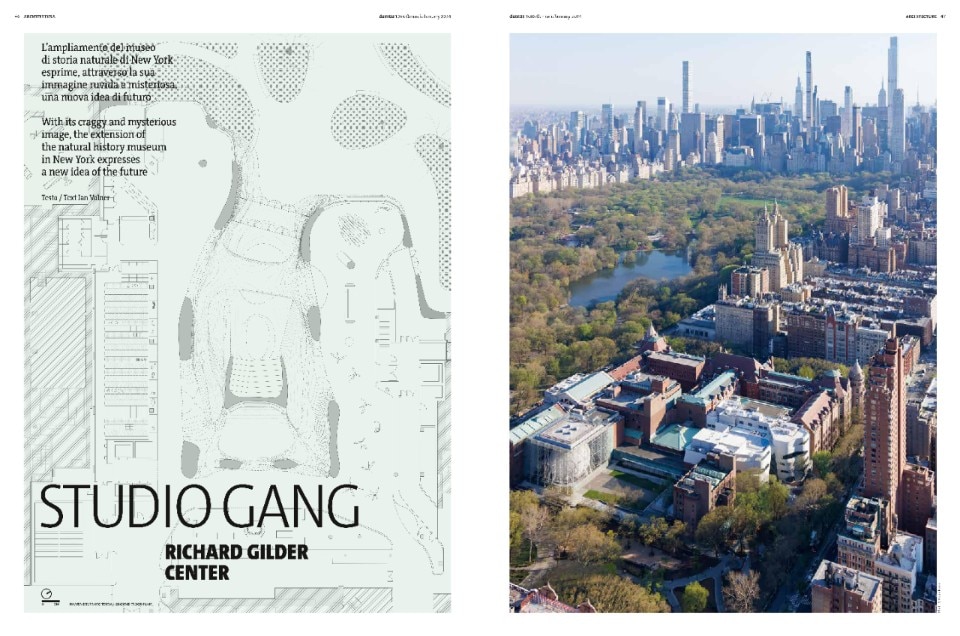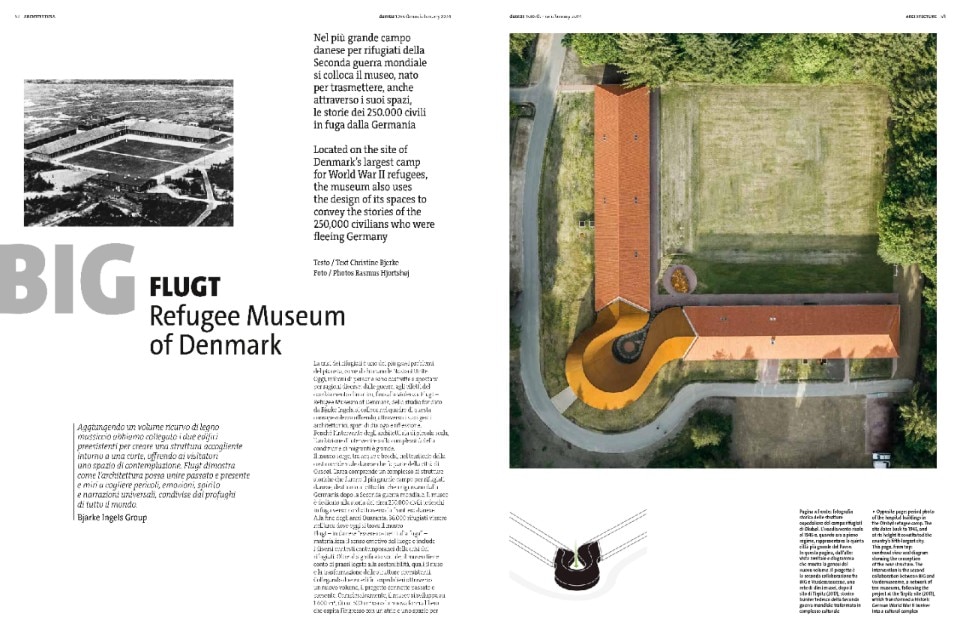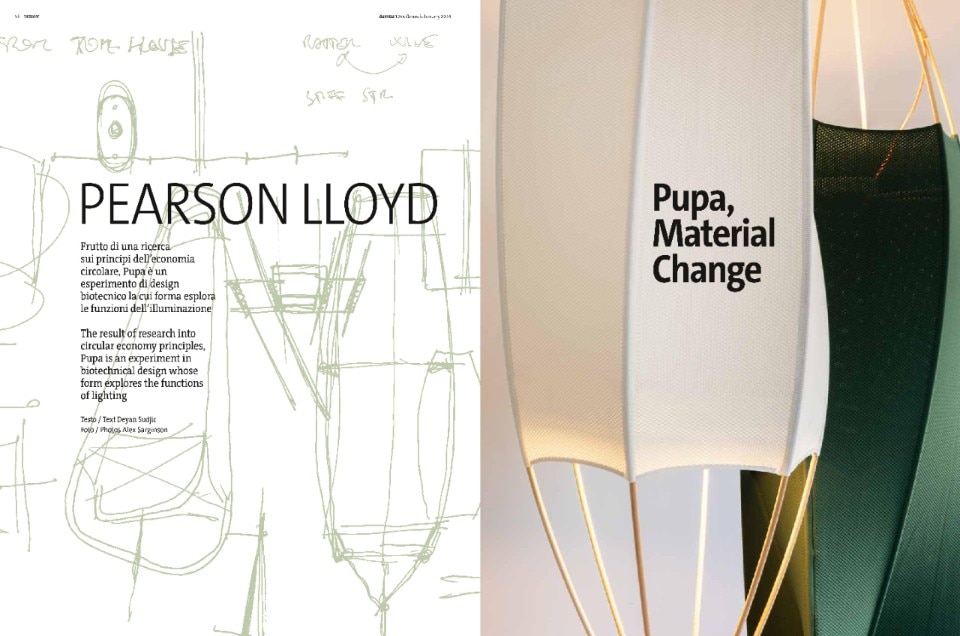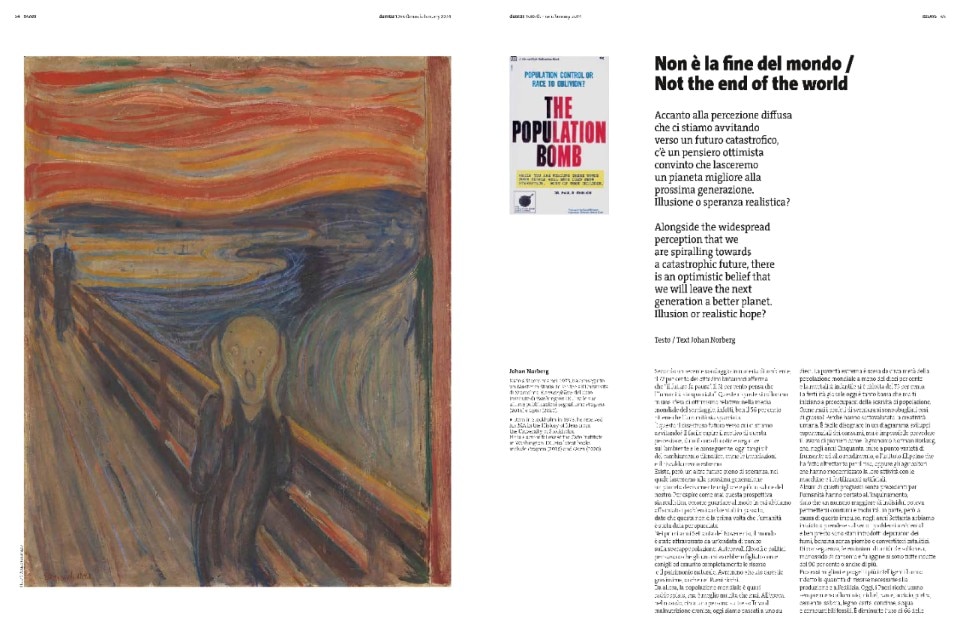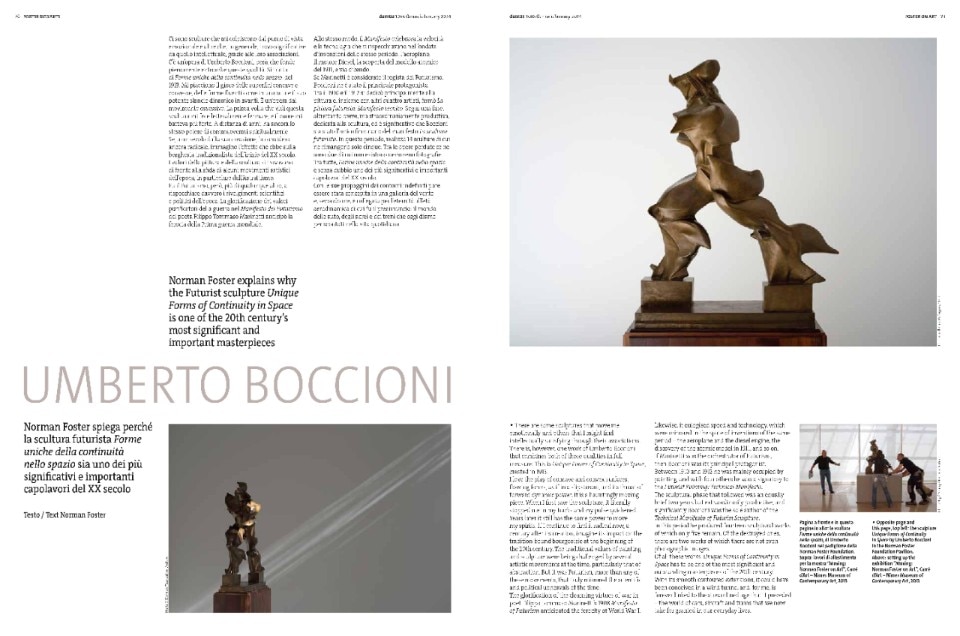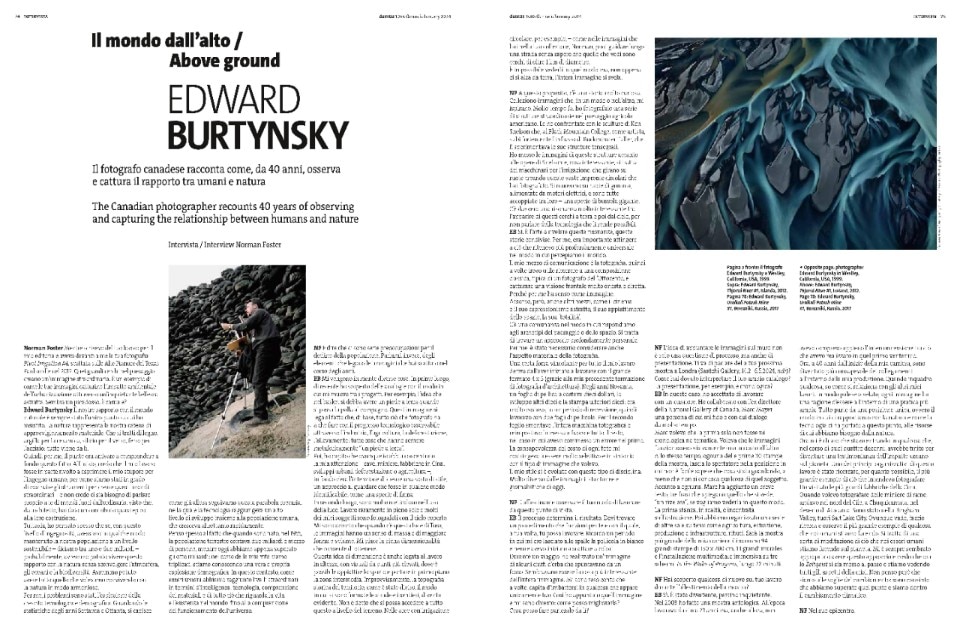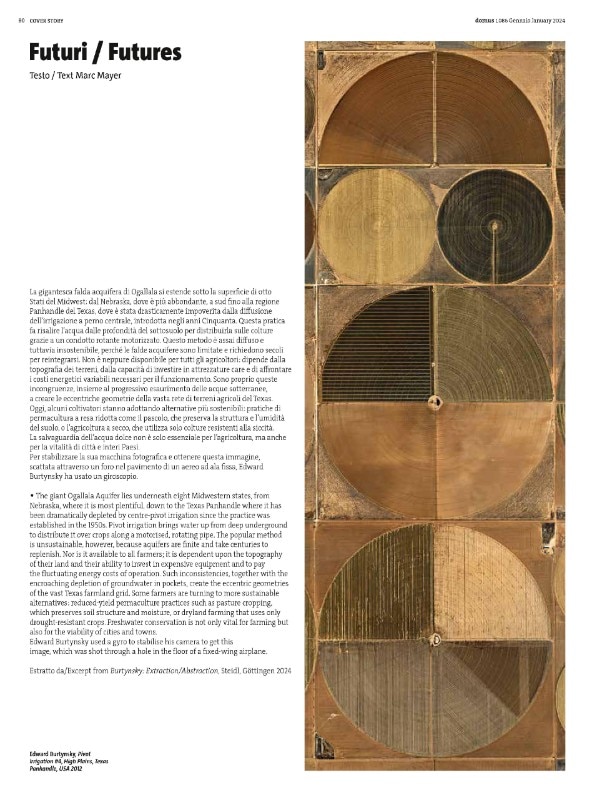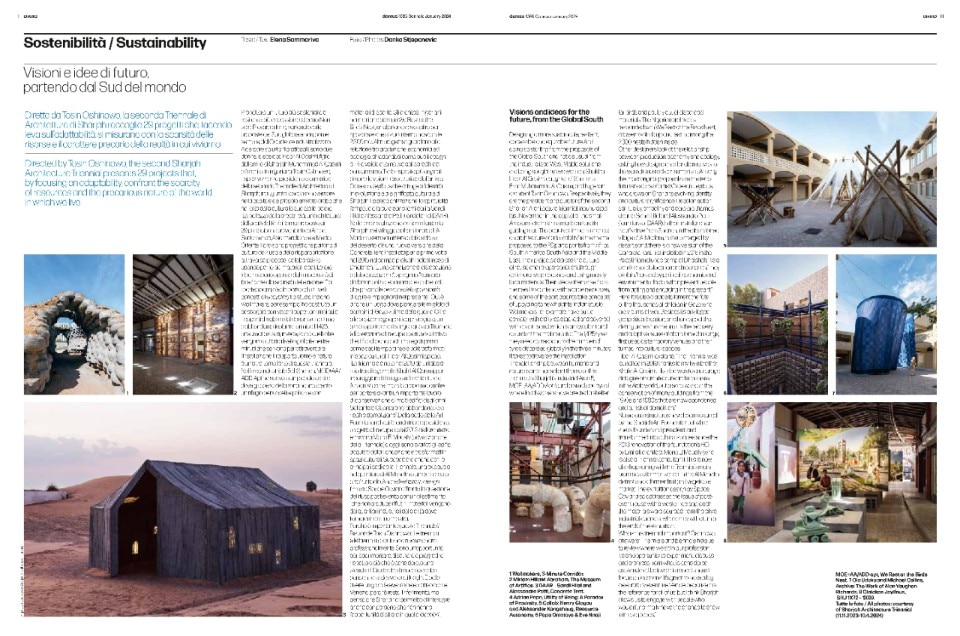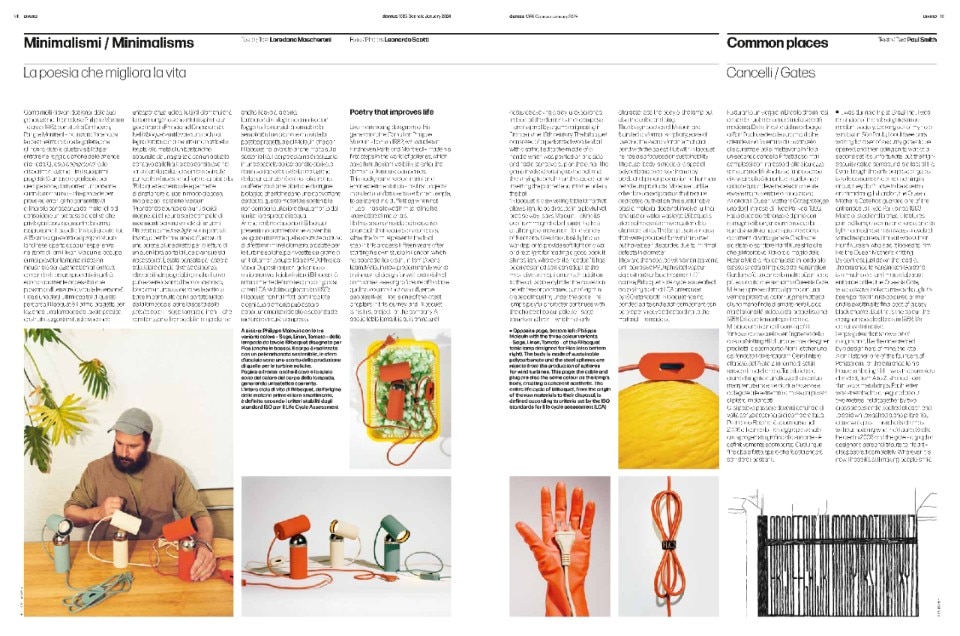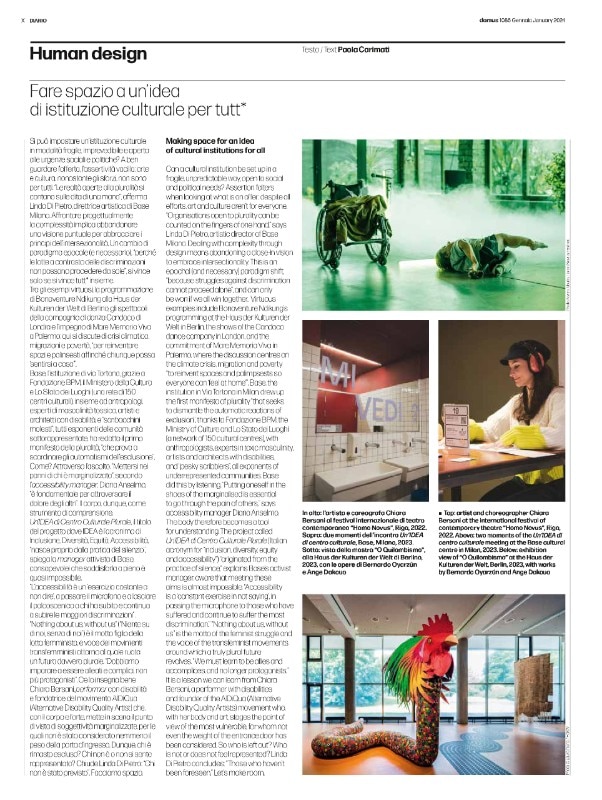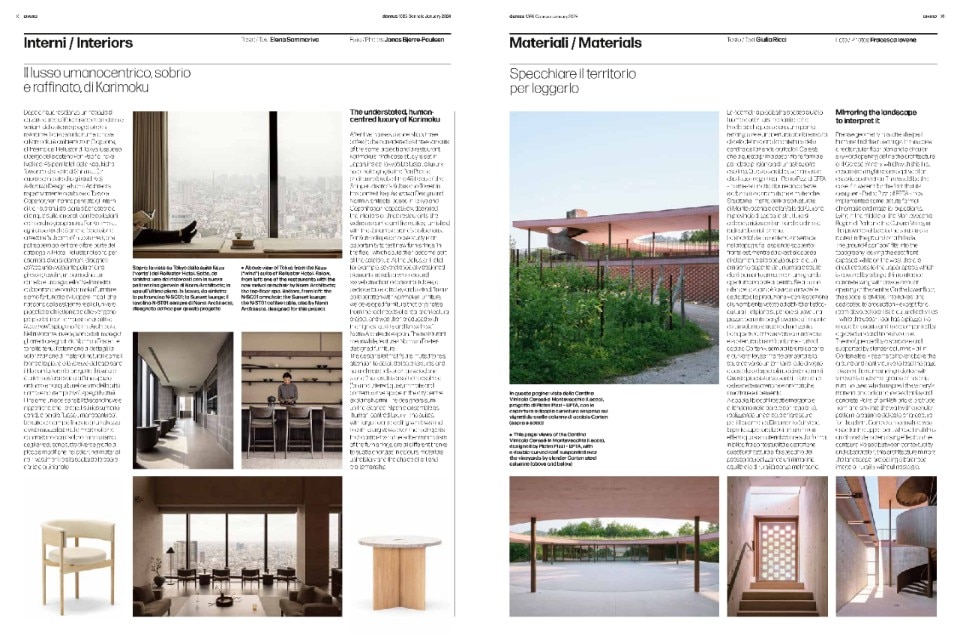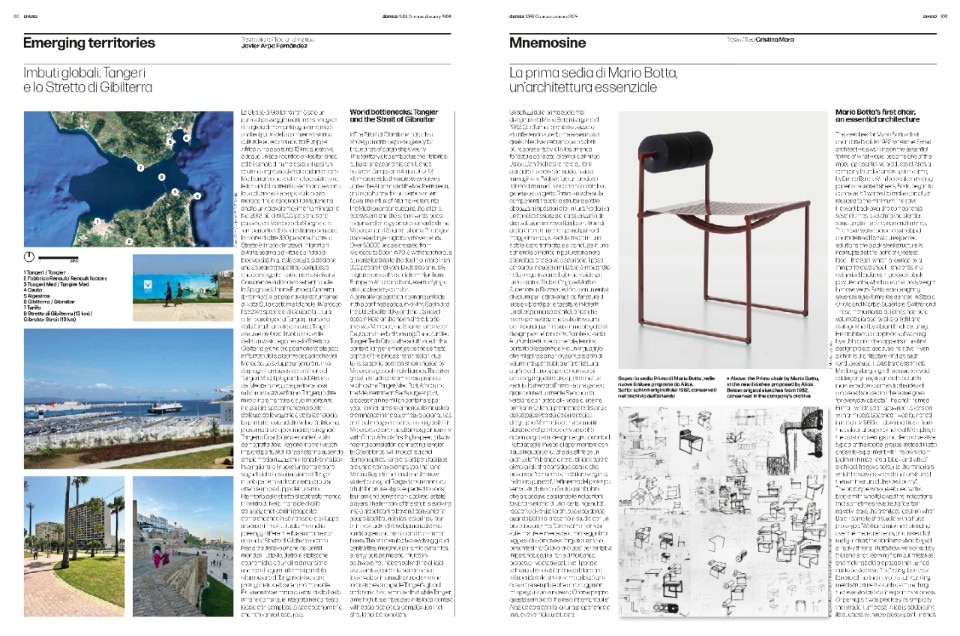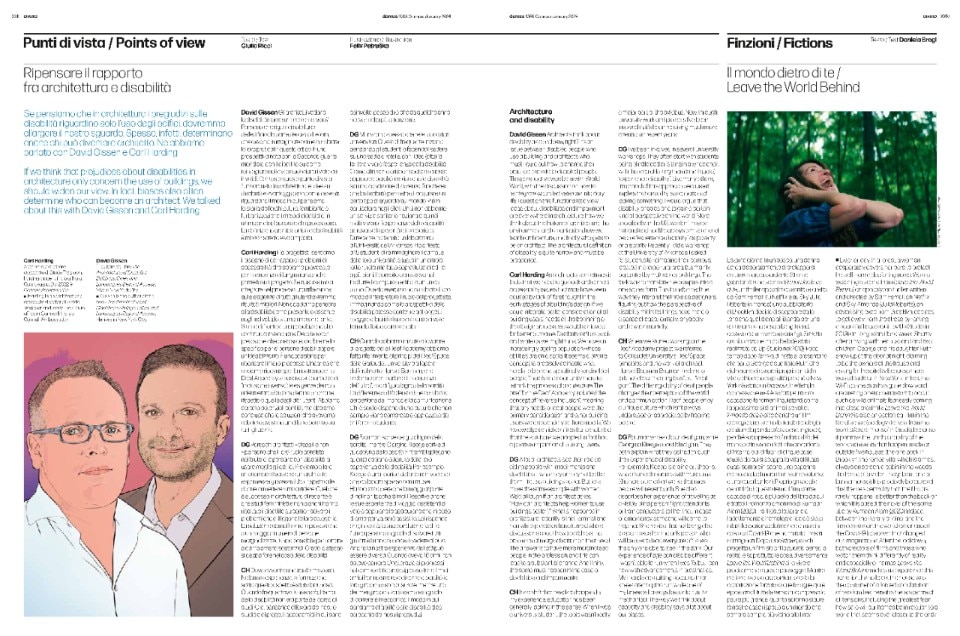“Looking back in time, it seems to me that in every field of human activity – and my own in terms of cities and buildings is no exception – we have made extraordinary progress”, writes Norman Foster in his first editorial for Domus 2024. Proving this point, the magazine features essays by Matthew Foreman, Steven Pinker, and Johan Norberg, providing clarity in a landscape often dominated by ecological concerns and future pessimism. Foster explains that the authors were chosen because “(...) they all share an ability to confront us with facts as data, rather than prejudices and emotion”.
The issue opens with a rare, previously unpublished 1983 conversation between Norman Foster and Richard Buckminster Fuller, introduced by Tom Wright. The dialogue focuses on their last joint project, the Autonomous House, and reveals their pioneering approach to sustainability.
The architecture section features recent work by White Arkitekter, Wallmakers, Limbo Accra, Colectivo C733, Studio Gang, and Bjarke Ingels Group. From Sweden to India, Ghana to Mexico, and Denmark, this diverse selection presents potential solutions to contemporary social and environmental challenges. The focus is on the innovative aspects of the designers’ accomplishments, emphasizing their experiments and futuristic elements that position them as crucial case studies for the future.
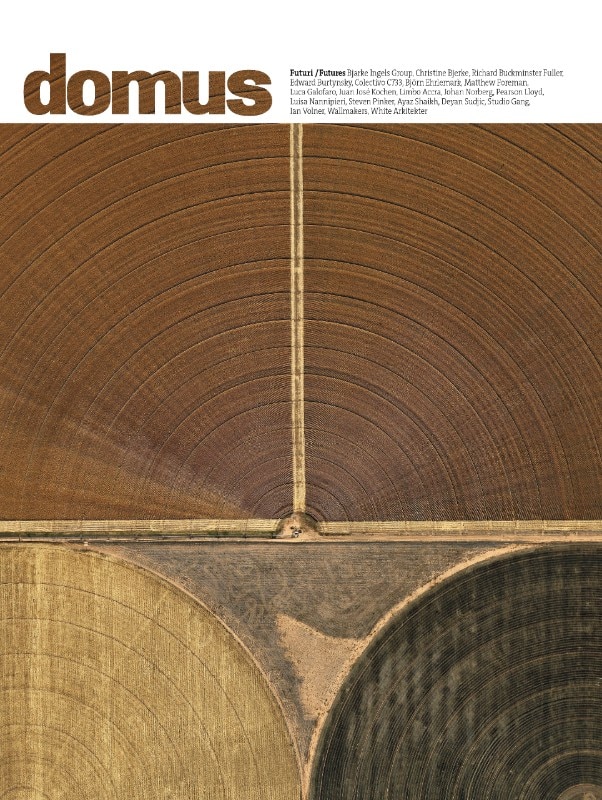
Following the same criteria, the design for Domus 2024 was chosen. In this edition, Deyan Sudjic introduces Pupa, a lighting project by Pearson Lloyd based in London. This creation is the result of extensive research into the principles of circular economy and represents an experiment in biotechnological design.
In his new column, Foster on Art, the English architect discusses his relationship to Umberto Boccioni’s Unique Forms of Continuity in Space (1913): “With its smooth contoured extensions, it could have been conceived in a wind tunnel and, for me, is forever linked to the streamlined age that it preceded”. In Book Reviews, Luca Galofaro evaluates three books by Vaclav Smil, Chris Miller and Rowan Hooper that are useful tools for designing the future. Meanwhile, in the inaugural Postscript column, the guest editor reflects on quality as a mindset.
The issue closes with an interview with Edward Burtynsky, who will sign the covers of 2024. The Canadian photographer was one of the first to focus on the environmental impact of urbanization, capturing it from above with his lens around the world. The dialog touches on the parabola of Burtynsky’s career, exploring the genesis and evolution of his distinctive style. It will also be the subject of the largest exhibition dedicated to him, to be held at the Saatchi Gallery in London from February 14 to May 6, 2024.
The cover features a close-up of Pivot Irrigation shot #4, High Plains, Texas Panhandle, USA 2012, showing industrial farmland whose geometry is defined by center pivot irrigation. Since the 1950s, this system has persisted in the area, beneath which lies the vast Ogallala Aquifer.
The Diario is renewed for 2024, welcoming the sections Human design by journalist Paola Carimati and Emerging territories by Javier Arpa – architect, lecturer and former deputy editor of Winy Maas for Domus 2019. In the usual sections, Elena Sommariva takes us to the Sharjah Architecture Triennial, curated by Tosin Oshinowo, while Francesco Franchi continues his graphic design series with the inventive work of Dutch designers Martijn van der Blom and Roy Scholten with Lego. Loredana Mascheroni delves into the design of Philippe Malouin, Giulia Ricci spotlights Cantina Vinicola Ceresé in Montevecchia (Lecco) designed by Studiopizzi, and Cristina Moro discusses the Prima chair (1982) for Alias by Ticino architect Mario Botta. In Points of View, Giulia Ricci explores the relationship between architecture and disability, with insights from David Gissen, author of The Architecture of Disability (University of Minnesota Press, 2023), and Carl Harding, architect and associate director of Stride Treglown.


